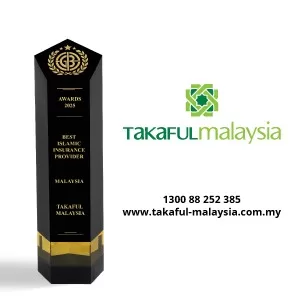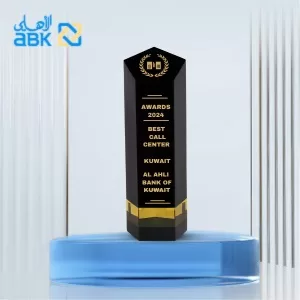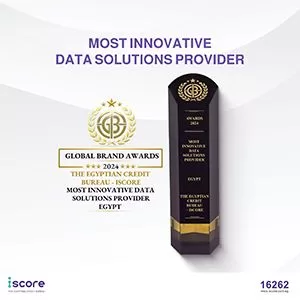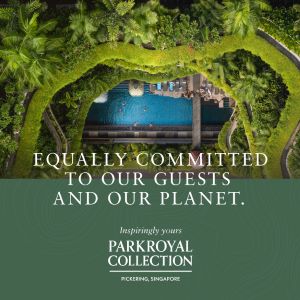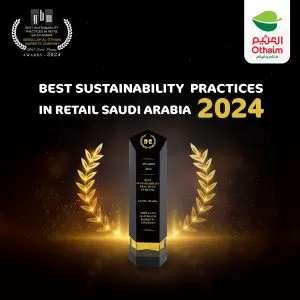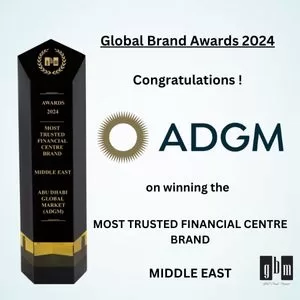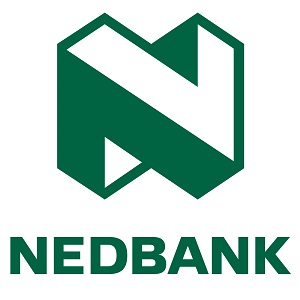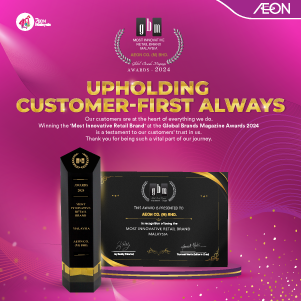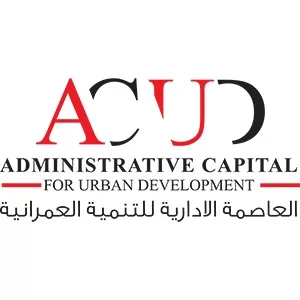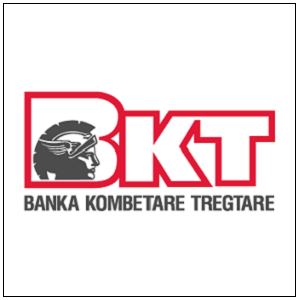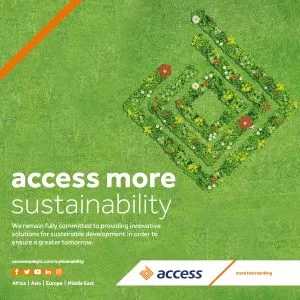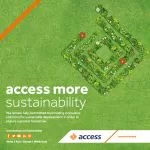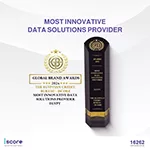Real Estate
How Sustainable Materials Are Shaping Property Development in 2025
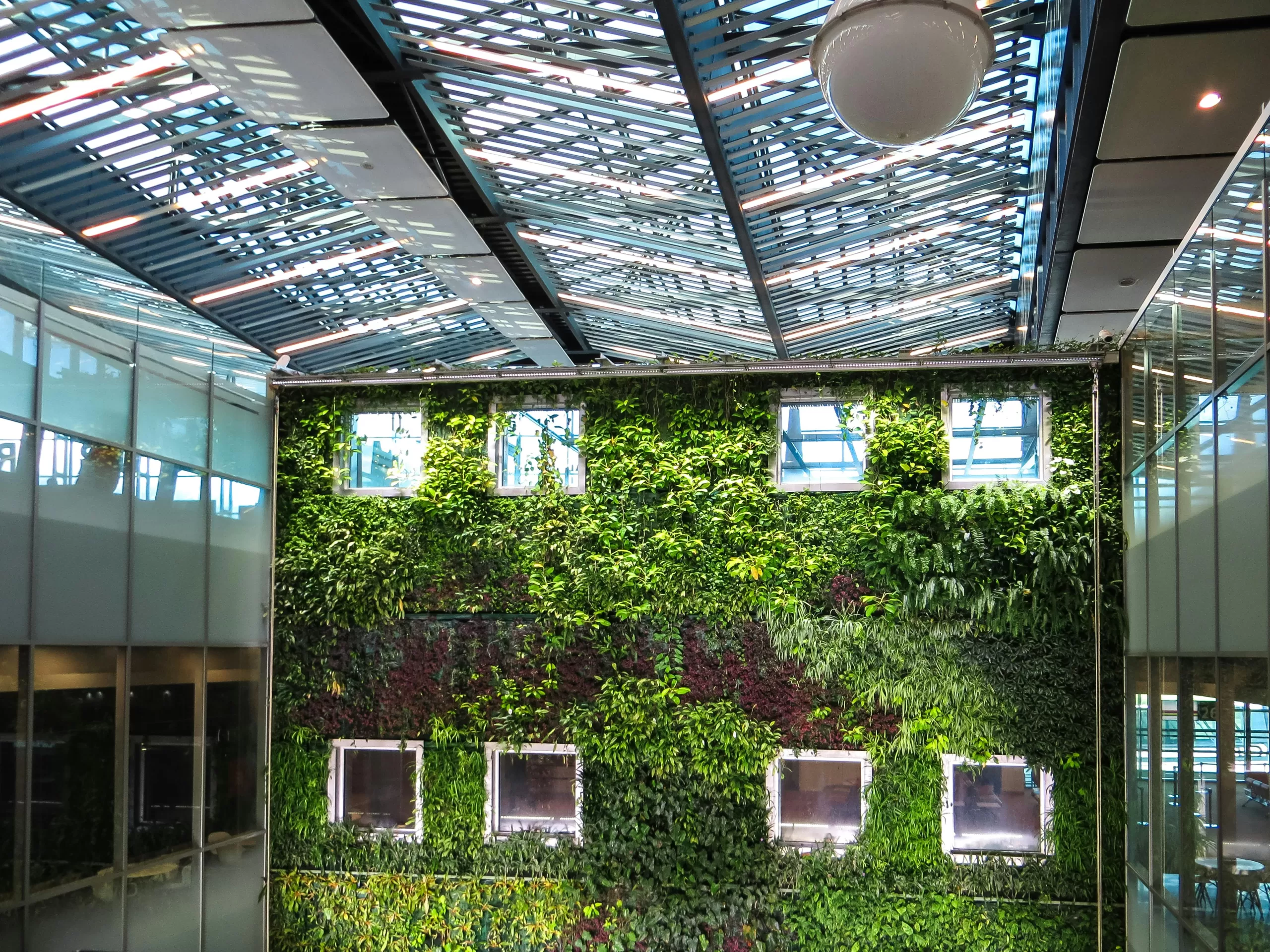
Sustainable materials are foundational to property development at the moment. Environmental concerns are just part of what makes them appealing, as they also offer other advantages that commend them as an attractive alternative to traditional materials.
The primary reasons for adopting sustainability are that buyers demand it, governments support it, and the planet depends on it. Developers must adapt or risk falling behind.
Here’s a closer examination of how this trend is unfolding in property development this year, and where it’s being felt most keenly.
Exploring Eco-Friendly Innovations in Construction Materials
Modern construction is embracing a shift toward sustainability, utilising advanced materials that reduce environmental impact while enhancing performance. This is part of a wider shift that’s sensible from a business perspective.
Examples making waves in property development include:
- Cross-laminated timber, offering strength comparable to steel but comes from renewable forests.
- Mycelium bricks, made from fungi, provide natural insulation and are biodegradable. They’re even being developed for construction projects in space.
- Recycled plastics are turning waste into durable construction components like panels and tiles.
- Solar glass enabling energy generation while functioning as traditional windows.
These innovations are both green and practical. They lower maintenance costs by increasing durability and often improve energy efficiency in buildings.
Cities Leading the Charge on Sustainable Development
Urban centers worldwide are redefining property development through sustainability-focused practices. For instance:
- Copenhagen prioritizes energy-efficient buildings, integrating green roofs and renewable resources across projects.
- Singapore champions vertical gardens in skyscrapers, reducing urban heat while enhancing air quality.
- Vancouver enforces strict building codes encouraging net-zero construction for both residential and commercial properties.
- Even high-end real estate in Dubai has adopted sustainable luxury, featuring solar-powered villas and eco-friendly materials, such as bamboo interiors.
These examples showcase future-ready urban planning models. Combining policy incentives with public demand for greener living spaces allows forward-looking cities to set benchmarks for others to follow globally.
The Role of Governments and Regulations in Promoting Green Building Practices
Government policies play a significant role in advancing sustainable construction by encouraging developers to prioritize eco-friendly practices.
For example:
- Tax incentives reduce the costs for builders who use certified green materials.
- Subsidies support innovations like renewable energy systems and water-saving technologies.
- Stricter building codes ensure structures meet energy efficiency and sustainability standards.
- Urban planning initiatives promote designs with minimal environmental footprints, like car-free zones or green corridors.
- Governments also drive public awareness campaigns, shifting consumer demand toward greener homes and offices.
With these measures in place, many developers find it easier to adopt sustainable materials while benefiting from long-term savings. Aligning property projects with regulatory goals now means they can avoid costly overhauls later as regulations continue to tighten globally.
Architectural Trends Emerging From Sustainable Material Use
Sustainable materials are reshaping modern architecture, influencing designs that strike a balance between aesthetics and environmental responsibility. Architects are responding with creative solutions tailored to eco-conscious demands.
These include:
- Open-plan spaces which optimize natural lighting and ventilation, reducing energy usage for heating and cooling.
- Biomimicry-inspired structures which mimic nature’s efficiency, blending into their environments seamlessly.
- Modular construction which uses prefab sustainable components, speeding up build times while cutting material waste.
- Green roofs and living walls which enhance insulation and absorb carbon dioxide in urban settings.
These trends create healthier living environments while showcasing innovative design. Cities that adopt such architectural approaches can achieve their sustainability goals while also attracting residents who seek eco-friendly lifestyles in vibrant, thoughtfully designed spaces.
The Bottom Line
Sustainable materials truly are taking property development to the next level, creating buildings that respect the planet and meet modern demands. Adopting these innovations enables developers to shape properties and communities simultaneously, ensuring they’re ready for the future.
Moreover, prioritizing eco-conscious choices today builds lasting value for businesses, residents, and a healthier world. The time to act is now.













